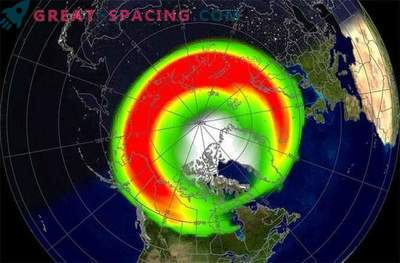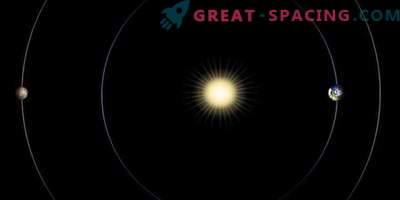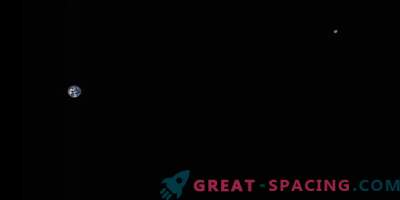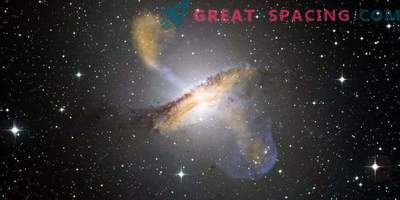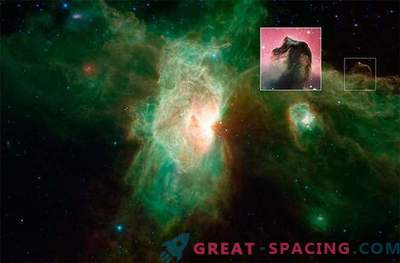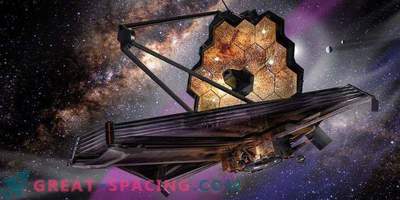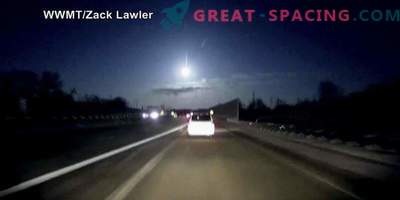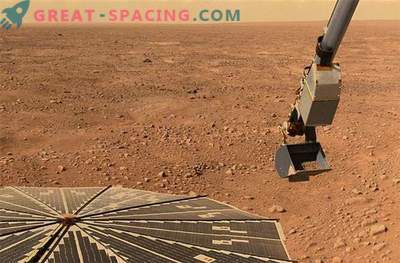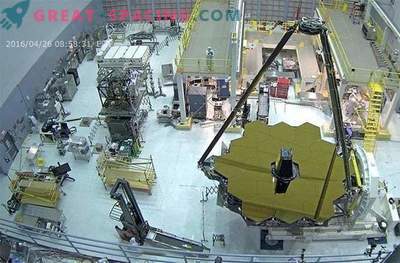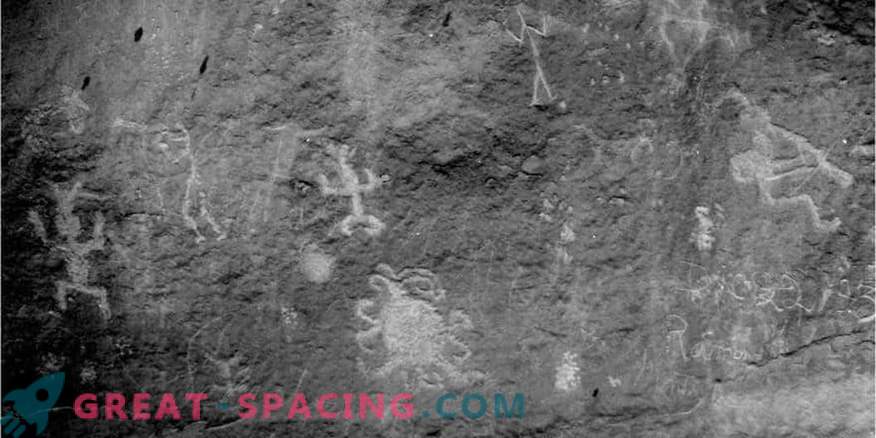
Petroglyph created in 1097 by residents of New Mexico
We look forward to August 21, because on this day all American guests and residents will be able to admire a total solar eclipse. A recent study suggests that a petroglyph in the Chaco Canyon can display the same event a thousand years ago.
Before you is a circle that resembles an external sunny atmosphere. This is a crown with tangled protrusions. It was found in 1992 and it is assumed that the event on July 11, 1097 was shown here.
The image was compared with the figure of the German astronomer of 1860, where rays and loops were also noted. There are many similarities between them. One of the loops is capable of hinting at a coronal mass ejection — an eruption of billions of tons of mass during the period of maximum activity. Calculations were also carried out taking into account the 11-year cycle, which marks periods of stellar activity.
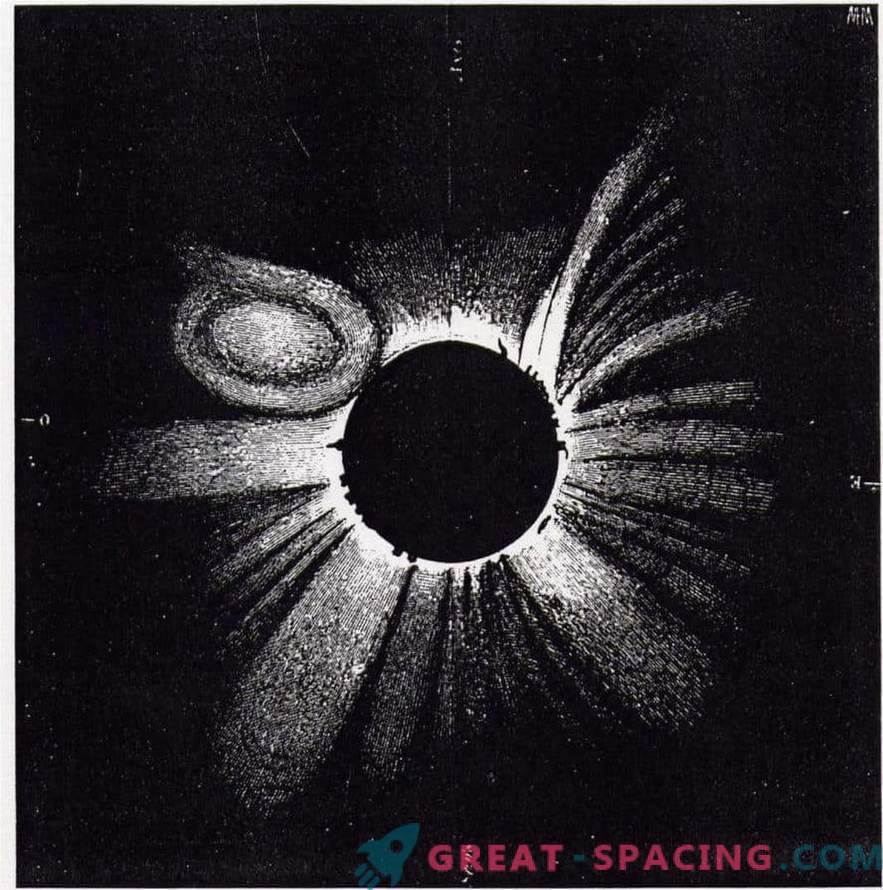
Petroglyph Sun Stone If you track solar activity, it is clear that this period indicates a maximum. To accurately assess the level in 1097, researchers used several different sources. Among them were the ancient tree rings, which not only marked all the dates, but also had traces of isotopic carbon-14. This can be compared with the number of sunspots. The more of them, the more active the star.
In addition, the recordings of Chinese and European scientists were studied. There is also the Stone of the Sun, marking the rising of the Sun 15-17 days before the July Solstice. During this period, the triangular shadow crosses the spiral center.

Petroglyph Sun Stone
It is possible that people gathered around this formation at a certain period in order to trace how the star departs from the summer solstice during the eclipse.
In addition, this petroglyph can demonstrate a supernova event in 1054 and the passage of Halley's comet in 1066.



